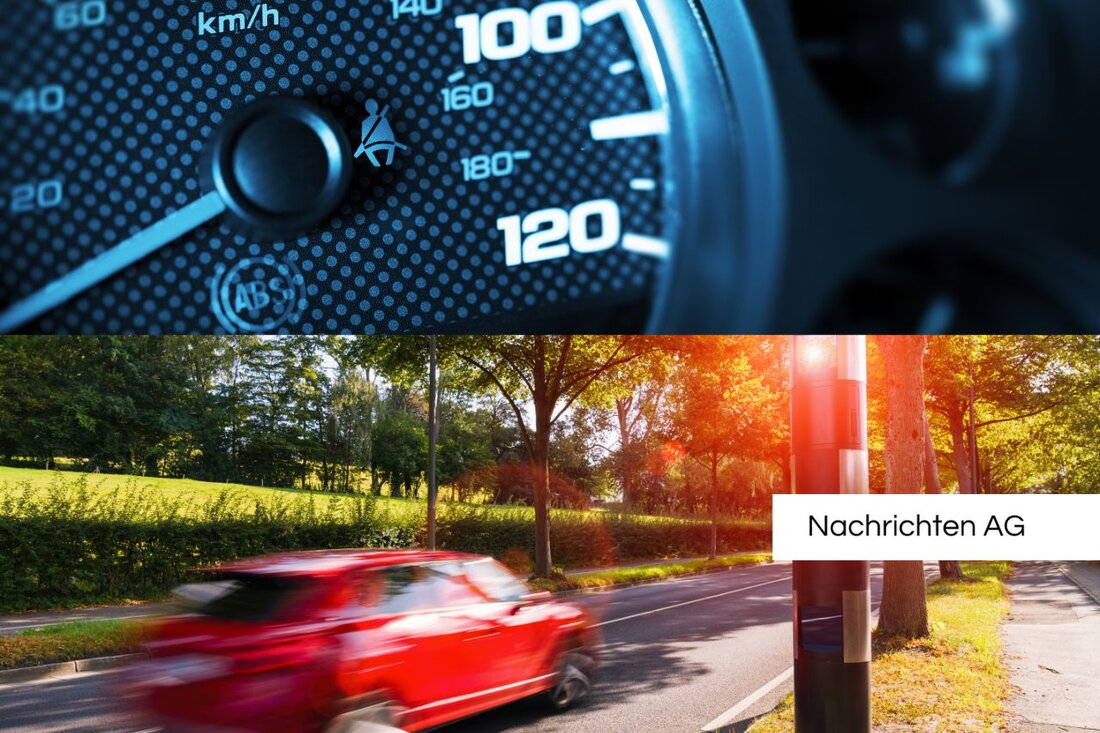Be careful, speed cameras! You must avoid these 9 streets in Berlin!
Find out everything about current mobile speed traps in Berlin and their locations on September 9, 2025 to improve traffic safety.

Be careful, speed cameras! You must avoid these 9 streets in Berlin!
In Berlin, mobile speed traps are currently in use on a total of nine streets to increase traffic safety. This measure is a response to the constantly changing dangers in road traffic, which require adjustments to speed cameras. How news.de reported, the following speed camera locations had already been determined on September 8, 2025:
- Kühleweinstraße, 13409 Reinickendorf, Nähe Georg-Schlesinger-Schule
- Rüdigerstraße, 10365 Lichtenberg
- Blankenfelder Straße, 13127 Französisch Buchholz
- Alt-Marzahn, 12685 Marzahn
- Hauptstraße, 10317 Rummelsburg – 30 km/h
- Martin-Luther-Straße, 10777 Schöneberg – 50 km/h
- Spandauer Damm, 14059 Charlottenburg – 30 km/h
- Spandauer Damm, 14050 Westend, Bereich DRK Kliniken Berlin Westend
Mobile speed traps are an important tool for traffic monitoring. Loud bussgeldkatalog.org Mobile radar measuring devices have been used in Germany since 1957, after the first test radar measurement took place. These devices measure driving speed using the Doppler effect: radar waves are emitted and reflected by vehicles. If you exceed the speed limit, a photo of the vehicle and driver is taken. There are currently an estimated 4,400 permanently installed radar measuring devices in Germany, which, together with mobile devices, ensure effective speed monitoring.
Technical developments and legal framework conditions
Radar control technology is continually evolving. The new methods include Section Control, which measures the average speed over longer sections. This technology is currently being tested in Germany. The purchase costs for speed traps can easily run into the six-figure range, with the income generated flowing into infrastructure and traffic monitoring. The legal framework is also clear: in Germany, driver liability applies, while in Austria, owner liability applies. Tolerance values for speed measurements from 3 km/h to 100 km/h and 3% from 100 km/h must also be observed.
The main goals of speed cameras are to increase traffic safety and traffic education. This reiterates the importance of responsible traffic enforcement, which ultimately helps prevent serious accidents and improve safety on the roads.

 Suche
Suche
 Mein Konto
Mein Konto
